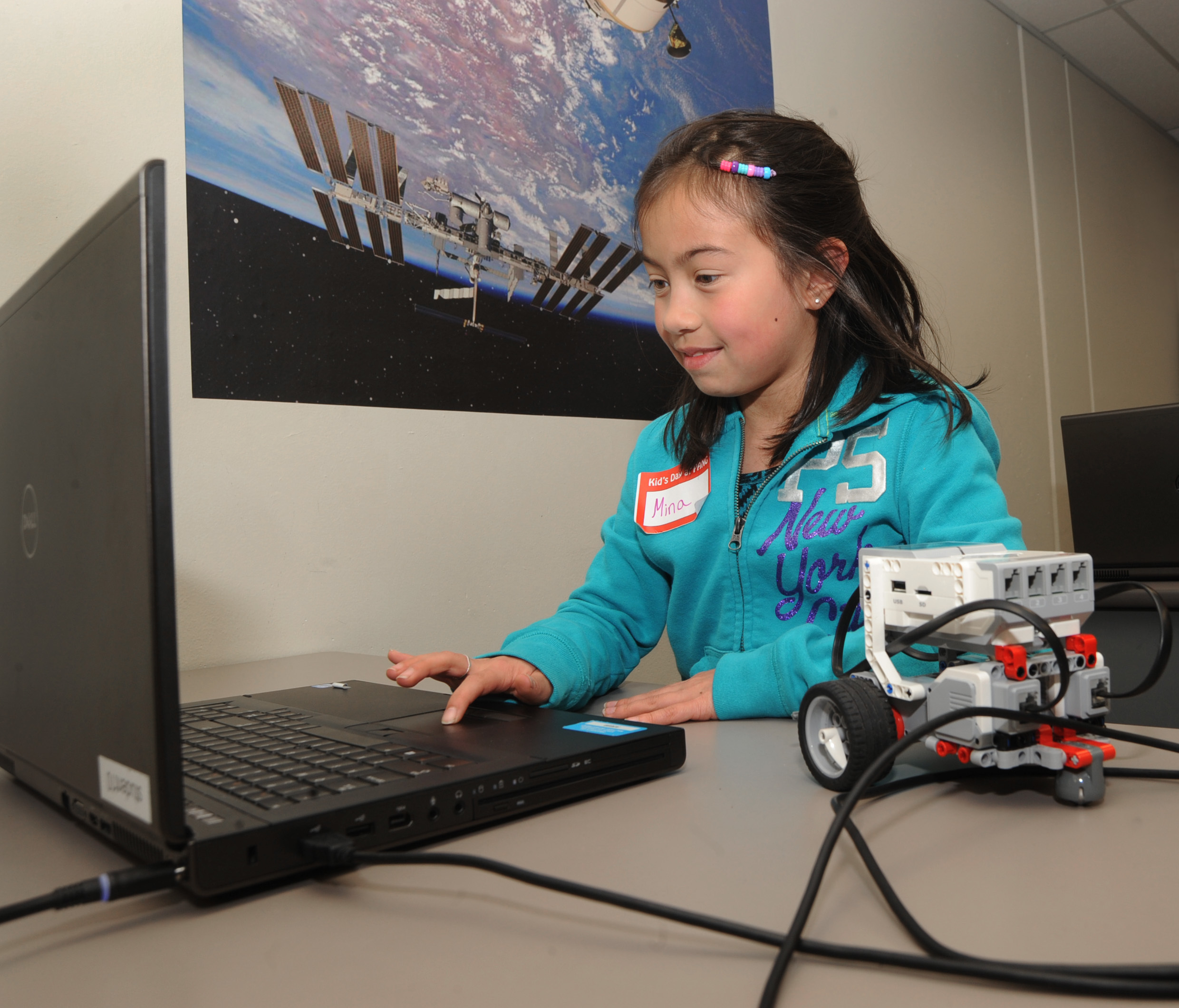Source: https://pixabay.com/en/photos/programming/
Are today’s children adequately prepared for the workforce they will inevitably enter? Can the arts teach 21st century skills such as innovation, creativity, and collaboration? These questions are central to the work of the education departments at arts organizations.
The STEAM education model is a potential solution to these daunting questions. STEAM education defines itself as, “science and technology, interpreted through engineering and the arts, all based in a language of Mathematics”. In this context, “arts” refers to all liberal arts and humanities. This includes the visual, performing, and physical art forms. Rather than being a separate subject, the arts are embedded throughout all subjects to teach a variety of STEM topics.
Georgette Yackman first implemented STEAM education in the classroom in 2007. STEAM then gained significant traction under the Obama administration. However, it is still debated in many districts.
Many scientists see immense value in STEAM education. The National Science Foundation recognized the “Art Based Learning of STEM” as a funding priority because of the potential for “the development of 21st Century creativity skills and innovative processes”. The resulting projects encouraged the integration of arts into science and math classrooms.
Recently, many technologies have been developed that teach children STEAM principles. Examples below highlight tools that integrate art, design, and animation into coding and robotics.
Source: https://commons.wikimedia.org/wiki/File:Month_of_Military_Child_150425-Z-CH590-276.jpg
Scratch
Scratch is an educational tool developed by the MIT Media Lab. It is a free software designed for ages 8 to 16. Scratch teaches the fundamentals of coding through artistic exercises. The projects call upon students to create their own stories, games, and animations. In fact, schools and individuals around the globe have used Scratch for over ten years. In March 2017 alone, Scratch users created 361,360 projects on the platform. MIT has recently released research on the tool's success.
Alice
Alice is a free software designed to teach coding. The late Randy Pausch, author of The Last Lecture, created the platform at Carnegie Mellon. Alice teaches programming theory, rather than specific coding languages. Users learn through a “drag and drop environment” to create animations using 3D models. Alice is designed to be accessible to all learners, particularly women and minorities.
Puzzlets
Puzzlets is a series of games available on a tablet or computer. The games are designed for students in kindergarten through second grade. Puzlets' motto is to “make game time brain time”. Their goal is to excite early learners about STEAM topics “without even realizing it”. The games introduce "21st century habits of mind" to students through games. Topics covered relate to coding, math, and color theory. Puzzlets are designed by Digital Dream Labs LLC.
Bird Brain Technologies
Bird Brian Technologies builds products to help students and teachers explore robotics. Their products teach technical skills as well as artistic skills. Students learn to build and design autonomous robots using electronic and craft materials. These hands on exercises have particular potential for kinesthetic learners. Two strong examples are the Finch Robot and the Hummingbird.
As the company describes the technologies: “The Finch is a small robot designed to inspire and delight students learning computer science by providing them a tangible physical representation of their coding. The Hummingbird is a kit that allows students to create and program robots built from electronic components and craft materials.” Engineers at Carnegie Mellon’s Create Lab designed these products.
Are there any educational tools that integrate the arts and technology that you love? Tell us about them in the comments below!


